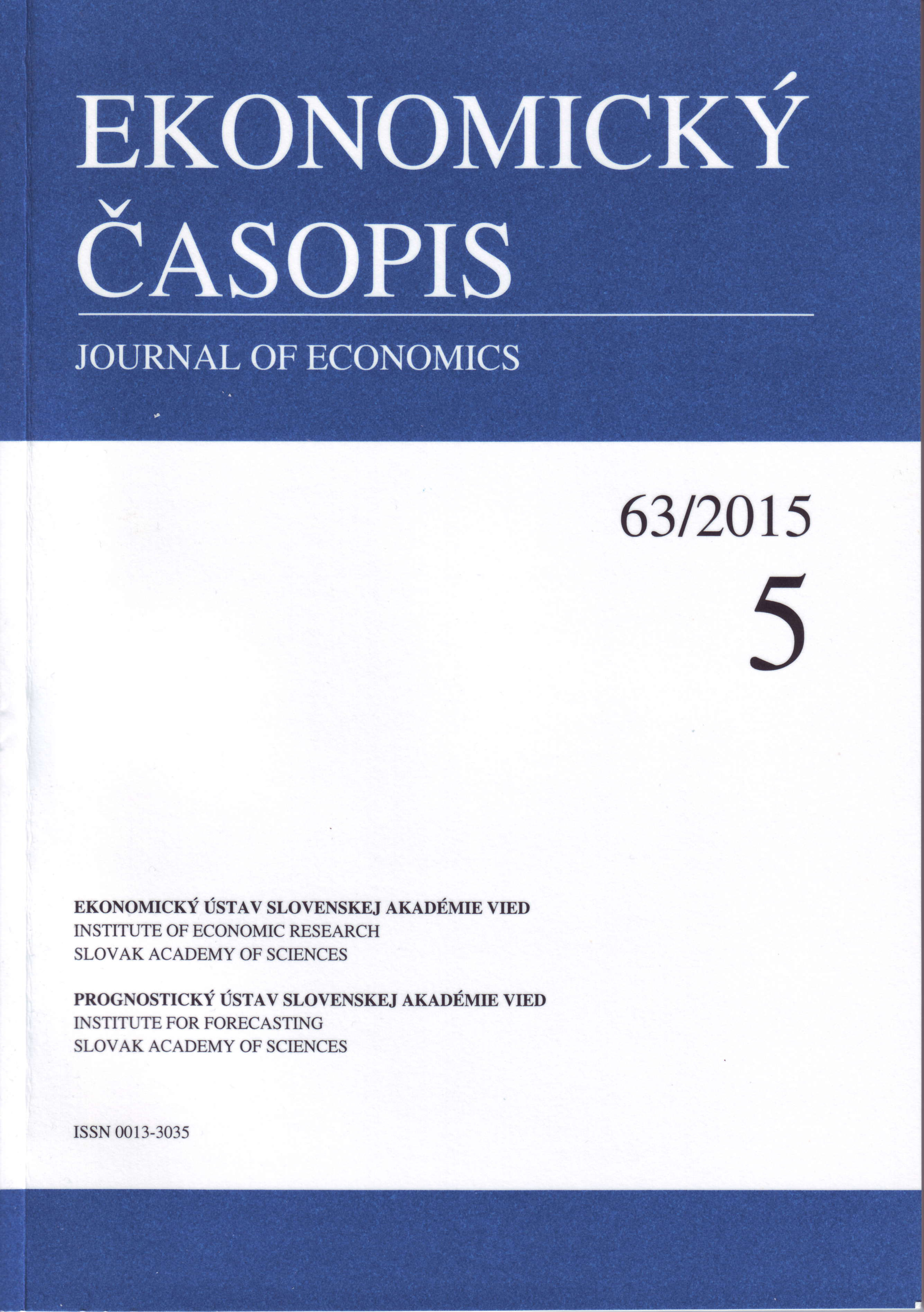Reálna konvergencia v stredoeurópskych krajinách
z pohľadu Balassa-Samuelsonovho modelu
Real Convergence in Central European Countries
from the Perspective of the Balassa-Samuelson Model
Author(s): Ivan OkáliSubject(s): Economy, National Economy
Published by: Ekonomický ústav SAV a Prognostický ústav SAV
Keywords: wages and prices level – its intergovernmental differentials; cross-country output convergence; industrial policy for cross-country convergence; Balassa-Samuelson model
Summary/Abstract: Assumptions and relations of the Balassa-Samuelson model permit under-stand the development of real convergence in Central European countries. Quantification of the Balassa-Samuelson effect (BSE) found its intensive formation in the years 1996 – 2008 and the cessation of its in the crisis period 2009 – 2013. It was confirmed the BSE size depends on productivity increasing in the segment of economy producing negotiable goods. The economic crisis weakened market mechanism, which in times of economic prosperity give rise to BSE. Therefore are seeking both industrial policy capable of supporting the creation of BSE and parts of economy suitables for its use. While continuing to promote foreign investment it is advised to encourage innovative activity and employment widening in the domestic business sector, especially in its SMEs.
Journal: Ekonomický časopis
- Issue Year: 64/2016
- Issue No: 05
- Page Range: 423-439
- Page Count: 17
- Language: Slovak

